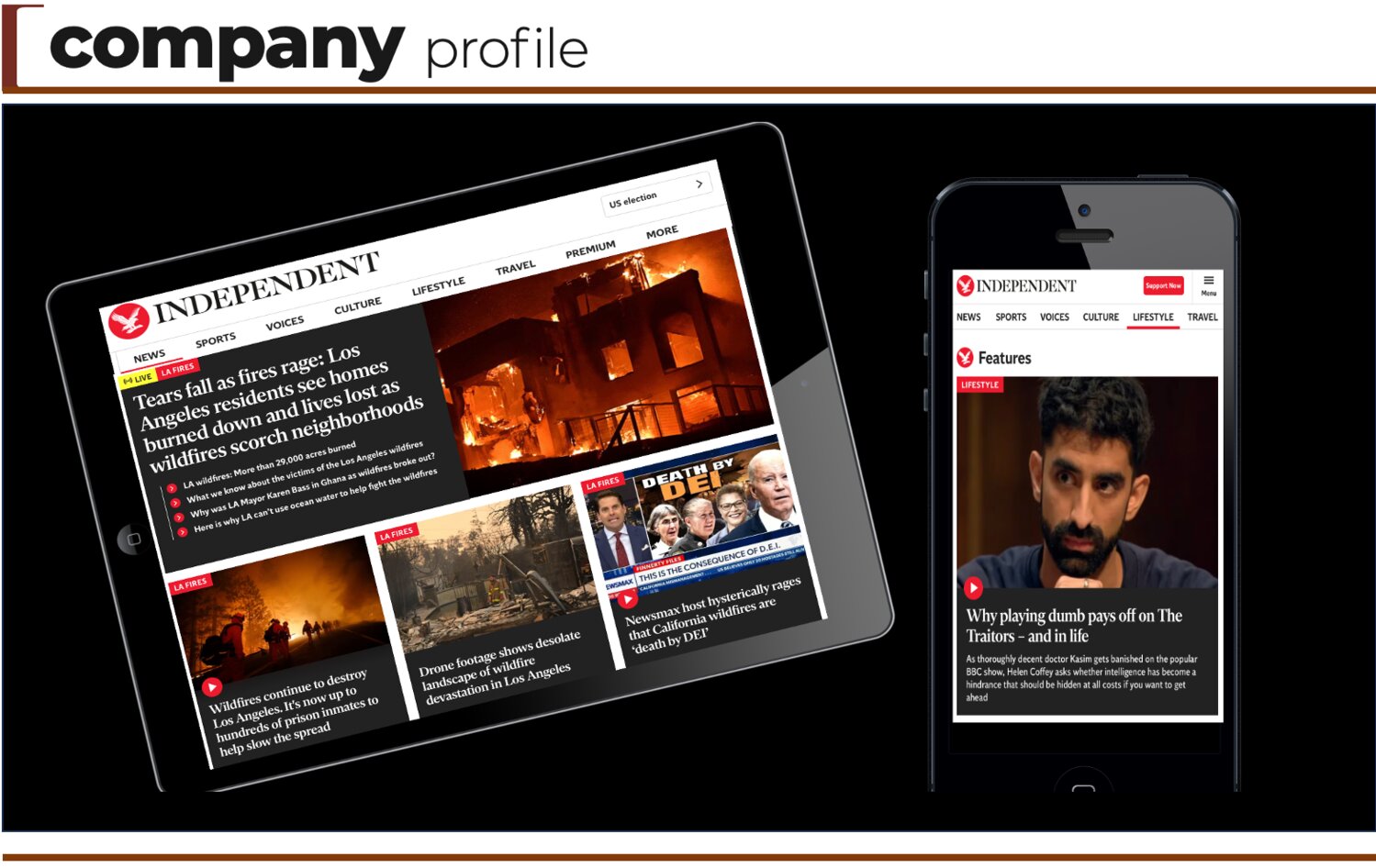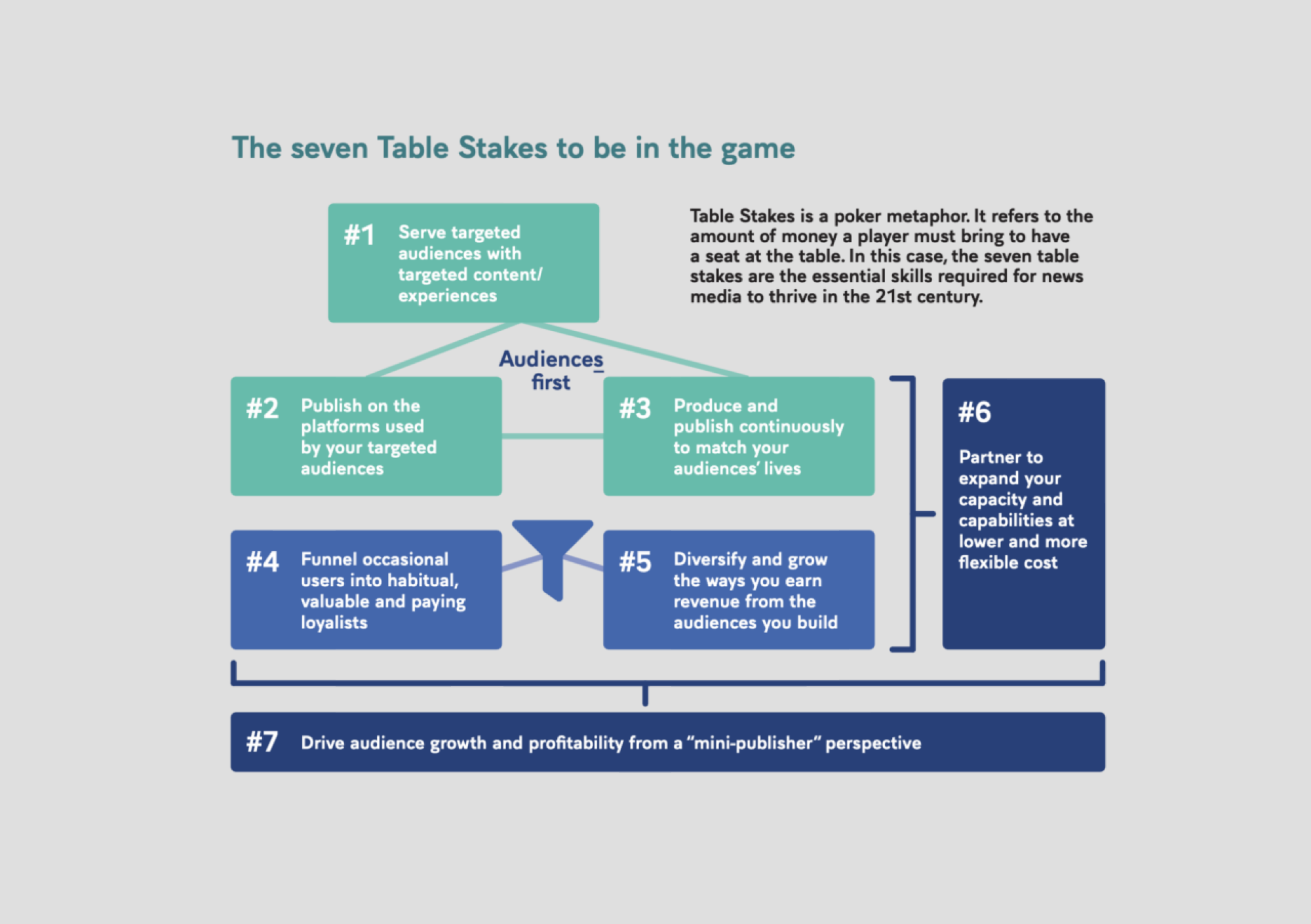- The Publisher Newsletter
- Posts
- Live content’s role in the fight to engage, attract and retain readers
Live content’s role in the fight to engage, attract and retain readers
The opportunity is greatest for publishers to engage audiences when they require clarity around unfolding events.
Partner content
Norkon stands at the forefront of transforming the digital media landscape by delivering innovative solutions that help media publishers meet their growth objectives. Our vision is to be the global standard in media to attract, engage and retain readers.
From an intuitive financial portal to stock market gamification to attract new audiences to addressing journalistic live-blogging needs, Norkon delivers up-to-the-second technology and audience engagement.
Norkon is trusted by publishers across the globe, such as Amedia, La Presse, The Minnesota Star Tribune, Berlingske, Handelsblatt, TVNZ and the Australian Broadcasting Corporation to name just a few.
Live content’s role in the fight to engage, attract and retain readers
This feature has been written in partnership with SaaS solutions provider Norkon. Hear more in our Media Briefs episode with Norkon CEO, Eirik Næsje, and VP of Sales, Birger Søiland, speaking about how live content – from real-time financial data to live blogging – can support publisher efforts to attract new readers and boost long-term engagement and retention.
Live content is most often thought of as a breaking news tactic, with up-to-the minute information being a powerful way to attract and engage new audiences. It makes sense: when a story is first breaking, people’s need for information is at an all time high and strategic use of live content meets that need.
Birger Søiland is VP of Sales at Norkon, a Norwegian company supplying live-publishing solutions. He explains that the opportunity is greatest for publishers to engage audiences when they require clarity around unfolding events. He gives the example of extreme weather in Norway, when people need up to the moment information in order to stay safe.
He explains that being visible when something is breaking is critical and that, while most traffic in the Nordic region is direct, elsewhere, search is key. “Go to the UK or Germany or wherever, people are using Google and a strategic use of live content to cater to SEO is a super important part of discovery. It’s one of the key aspects of the discovery phase across your new audiences.”
Norkon CEO, Eirik Næsje says live content helps publishers differentiate themselves in a media landscape where many are losing readers to alternative news sources. “It’s about how you combine traditional insight into what’s happening with what’s actually happening.”
Short-form strategy
Doing live content well requires expertise in how to produce short-form content as and when it is needed.
Birger describes the media landscape as ‘ever changing’, and believes we are in an era where short-form content resonates. “It’s becoming not just a ‘nice to have’, but a ‘need to have’, from a strategic point of view.”
He sees short-form live content, from text updates to video and infographics, as an owned antidote to platform feeds, mimicking social content. “That doesn’t mean that you’re not going to experience competition from social media, but you’re definitely setting yourself up for success if you are catering to user needs. It will bring you more engagement and retention on your site.”
Birger gives the example of news outlets that saw a 30% increase in traffic since introducing live blogs to cover the Ukraine war. Readers that have followed the blogs since the start of the war return regularly to live content streams for updates. “What it really comes down to is building a habit with your end users. If you can do that as a news outlet, then you’re better suited to grow your audiences.”
Topical content feeds
Regular short-form updates build into what Birger describes as a ‘topical content feed’ that build into a long-form information resource.
He gives the example of the live Money Blog published by Sky News, explaining that it mimics social media with short updates every day on what’s happening with people’s money in the UK. While people return regularly to the live content feed for updates, they are also encouraged to go deeper to get analysis on related topics – interest or inflation rate movements and associated political commentary.
For Birger, this is an opportunity to create more regular engagement opportunities, which can lead to increased reader revenue. “You can have the live blog in front of the paywall and use that as a teaser top of the funnel thing, and then you can link to deeper [paid] articles.”
That idea comes from Norkon’s own experience: its roots lie in Norway’s financial press, starting out as a side project at one of the leading newspapers in the country.
The earliest iteration of what has become Norkon’s Pulse investment news solution was designed to aggregate and analyse real-time financial data to make stock recommendations for readers. Over a decade, the company has leveraged that understanding of real-time and big data applications into its stock market game, Fantasy Funds, and the live-blogging and publishing platform called Live Center.
Updates and analysis
While social media is known for real-time information, it remains a bit of a free-for-all when it comes to accuracy and attention. Eirik says Norkon helps publishers leverage their reputations, by combining live updates with the insight and analysis of a trusted publisher.
As an example, Belgium’s Roularta Media Group recently used Norkon’s Pulse solution to launch its “Trends Investing Live” platform, bringing together journalistic content from its Trends-Tendances publication with real-time data on stocks, commodities and cryptocurrencies. The site mixes comprehensive market information with expert insights and personalised tips from ‘Finfluencers’ for registered users.
Eirik says that for the future, publishers should also be thinking hard about how they can add their own data to the mix. “I think that will be key going forward, that publishers manage to actually utilize all the gold they sit on, all the data they have available.”
The key for him is to create unique reader experiences by combining information feeds, original content and audience data. However, he believes if publishers want to survive the next 10, 15, 20 years, they need to change more comprehensively:
“They need to adopt new technology much earlier, especially now with AI and everything coming in its wake. But if publishers manage to combine all the data and an understanding of readers’ needs with unique content, then they will be sitting on gold.”
This episode is sponsored by Norkon. Trusted by publishers like Amedia, La Presse and The Minnesota Star Tribune, the SaaS solutions provider is transforming the digital media landscape with innovative live content solutions that help publishers meet their growth objectives.







